October 22, 2009
I have trouble with Wyoming. Sure, its natural beauty is beyond comprehension. But the incessant gunfire places scenic vistas a little lower down on my list of preoccupying priorities. The Black Forest was lovely too, I’m sure, as all the witches burned.
My trouble with Wyoming surrounds the prevailing attitude towards what I’ll call “the passage” – the phenomenon in which spirit and body part ways. Concerned about the screams of dying animals? Please, look over there – how lovely are the rocks against the setting sun.
There is always a “place of passage” and a “point of passage” – a marking of human time and space, beyond which time and space suddenly cease to matter. It is a precipice. A precipice of mortality, where the human capacity for measurement drops off. Beyond this time and place, we know nothing further. This point of ignorance should be the prompt for humility and grace, not to grinningly dismember a corpse and tack it up on the wall.
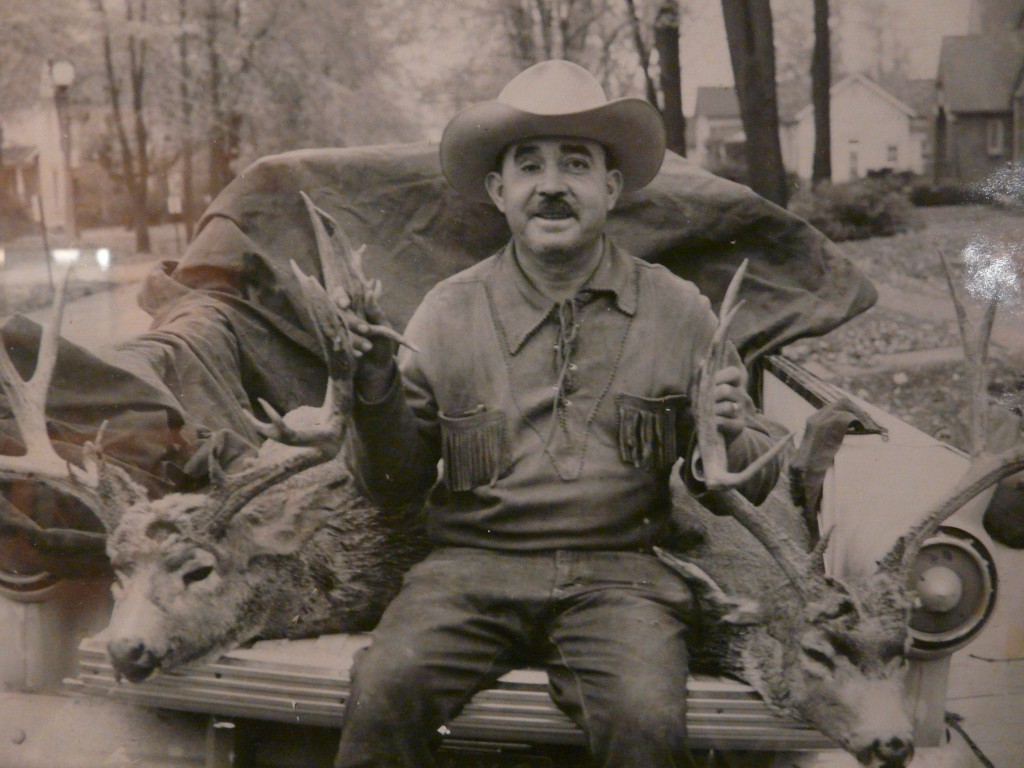
To facilitate my manifesto, I’ve provided some illustrative photographs from the hunter’s cabin next door. Hunting Snapshots from Buck’s Cabin. Ucross, Wyoming.
Oh, Wyoming, consider the mule deer. Reconsider the idea of the corporate executive getaway hunter, who takes his oil company paid-for high powered rifle and spotting scope and massacres a fleeing animal as a weekend bonus and considers it little different from using the corporate charge card. One more means of entitlement.
In all ages before this one, we were always aware that we walked alongside that precipice daily. For some folks, the edge is more perilous, and the sides are steeper: while all creatures arrive at the passage, we don’t all arrive in just or right circumstance. Some entire individuals and communities slip right down it with no notice paid – others are pushed, shoved, or born to live briefly on its glistening slope.
Keeping an eye on The Passage is key to keeping an eye out for our evolution as a community: who and when and where and why and how do our folks go through it. All our folks. All our species – even the barnacle and the mantis and the lichen. Even the ones to whom nobody much pays attention until it’s dinnertime. Especially those. Especially.
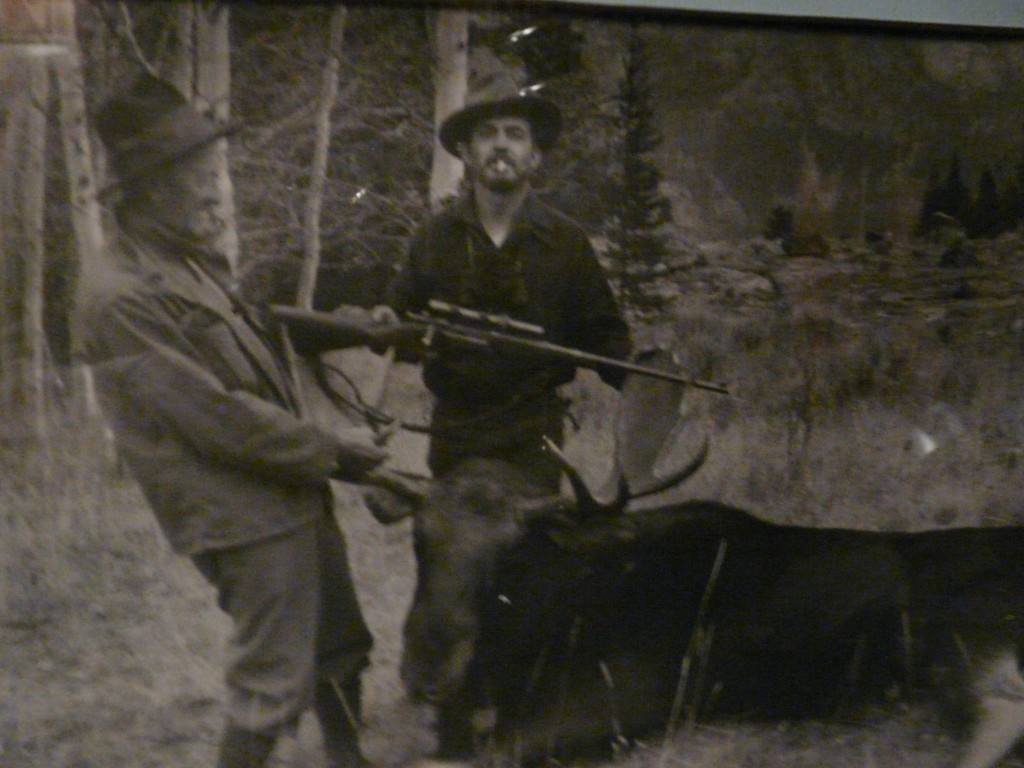
Hunting Snapshots from Buck’s Cabin. Ucross, Wyoming
In Lynchburg, I experienced the Old City Cemetery as a powerful place of celebration, recognition, and a strange immortality. As a point of passage, there is much about that Cemetery that disturbs: a vast number of unmarked graves, most of whom are women and children whose deaths were tragically premature at worst and untimely at best and accelerated by poverty and discrimination. Many died enslaved – nearly all were recently ancestrally linked to slavery (mostly as slaves, but in the white section, as slave owners). A place where for many mothers death was caused by birth. Most of those buried there were dehumanized and undervalued during their short lives, but loved by someone, hopefully themselves.
As a precipice, however, there seem candles lit – not at the right time, perhaps, but at another time, not yet too late, and at the right place: the community in which it happened. At the Old City Cemetery there is an attempt to honor – and to reach out to learn about – the accomplishments and contributions that were not acknowledged in their rightful era. There is an urge to address wrongs, and transform stigmatized secrets and shames into something that is powerfully open to acceptance: our only hope for redemption.
I also admire the Cemetery because there is a sustained courage in even acknowledging – much less dealing with – the complexities of past indignities and injustices of Southern culture in a way that holds promise for oxygen and light and growth. To be willing to work. For as long as it takes. Because we have forever, or at least until the next precipice appears.
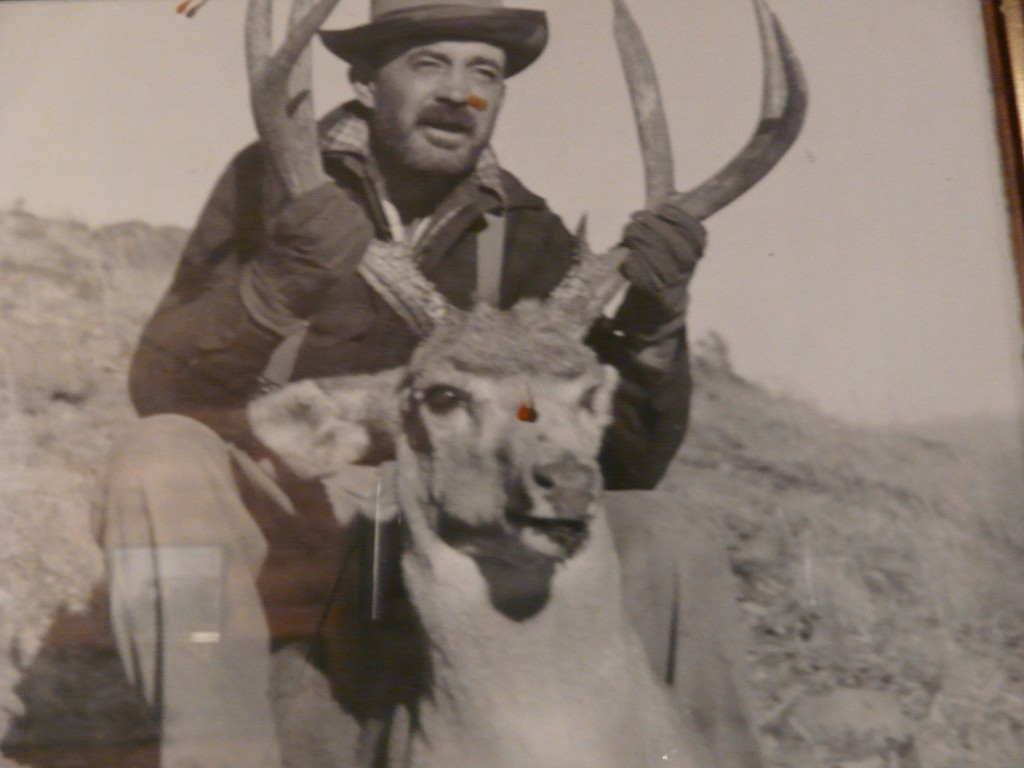
Hunting Snapshots from Buck’s Cabin. Ucross, Wyoming
But the Passage work is what matters – the work of honoring The Passage, of even stopping to recognize the significance of that juncture between breathing and no-longer-breathing. To be sufficiently enlightened to realize that it’s an appropriate place to pause and assess certain key aspects of our humanity. Perhaps the greatest purpose of a death is to force us to stop our petty activities and rise to practice our highest ability for dignity and courage and respect and communion. Perhaps the key is to remember that the work is sacred – even in an agnostic equivalent of the word, which suggests a sort of humility in the face of mystery, with courage as companion.
The work can be clumsy and filled with error and confusion. In fact, if it is riddled with mistakes, that’s a good thing – it means there’s risk, and that the aim is ambitious. We absolutely should celebrate our mistakes – this is one more way not to do it the next time. It is the process of evolution and growth. But without the presence of work, mistakes are contemptible. And nobody seems to be trying to do much honor to the animals here.
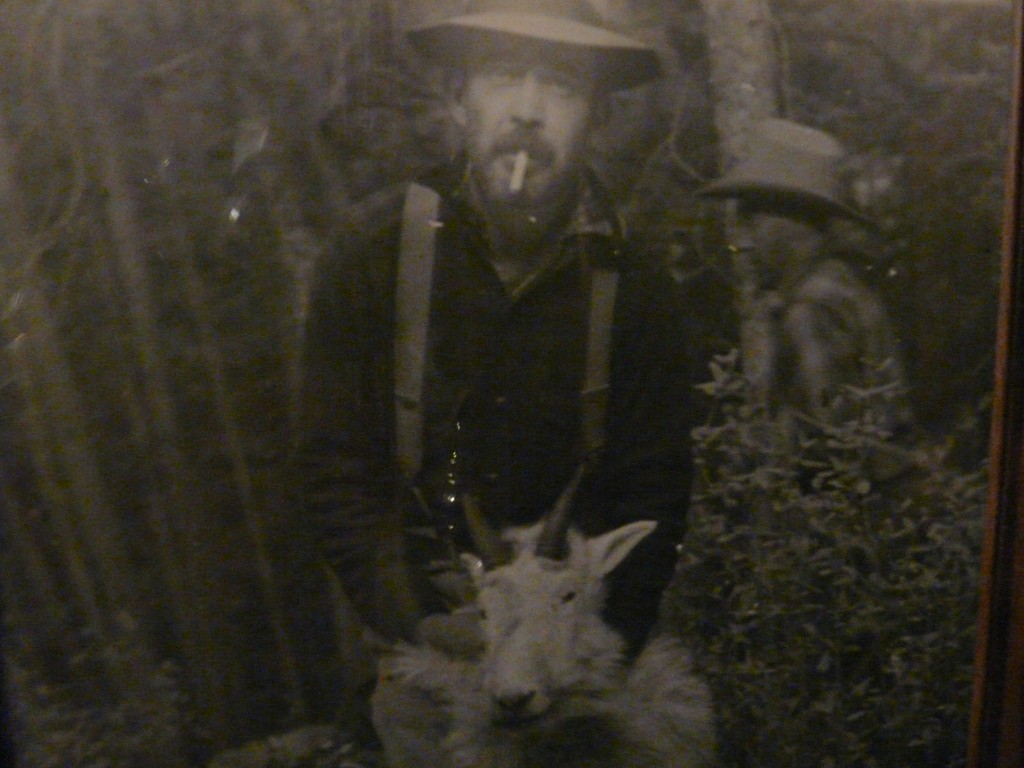
hunting snapshots from Buck’s Cabin. Ucross, Wyoming
I wish we better understood the experience of emotion within mystery – especially the mystery of passage. The fundamental range of it that can knock us senseless: even ambivalence lives there, confoundingly. Therein lies the beauty and force and substance of true memorials and rituals. We can bring each and every one of our unsightly emotions and responses and find them greeted, and recognized, not turned away. There is a void that contains everything within it. There is a space and time clearly marked surrounding that void, that precipice. We stand there, and for a moment everything exists.
I wish we moved more slowly, more attentively, with the desire to connect ourselves to the mystery, rather than protect ourselves from the precipice.
With practice and deliberate action, we can engage fruitfully with each strata of witnessing the passage – or even causing the passage. Killing animals for food is likely to continue far into the future, but we have had ways of dealing with this that stretch deep into the past. I think of Jewish and Muslim sacred rituals for slaughtering prey animals that are eaten for food. Halal and Kosher slaughters.
The rituals also serve the purpose of slowing down time, making us pause to fully feel that this not a death caused lightly, not a photo-op and some blood lust shits and giggles, but a transference of life-force from one species to the next. It is conducted to the absolute highest capacity of mindfulness.
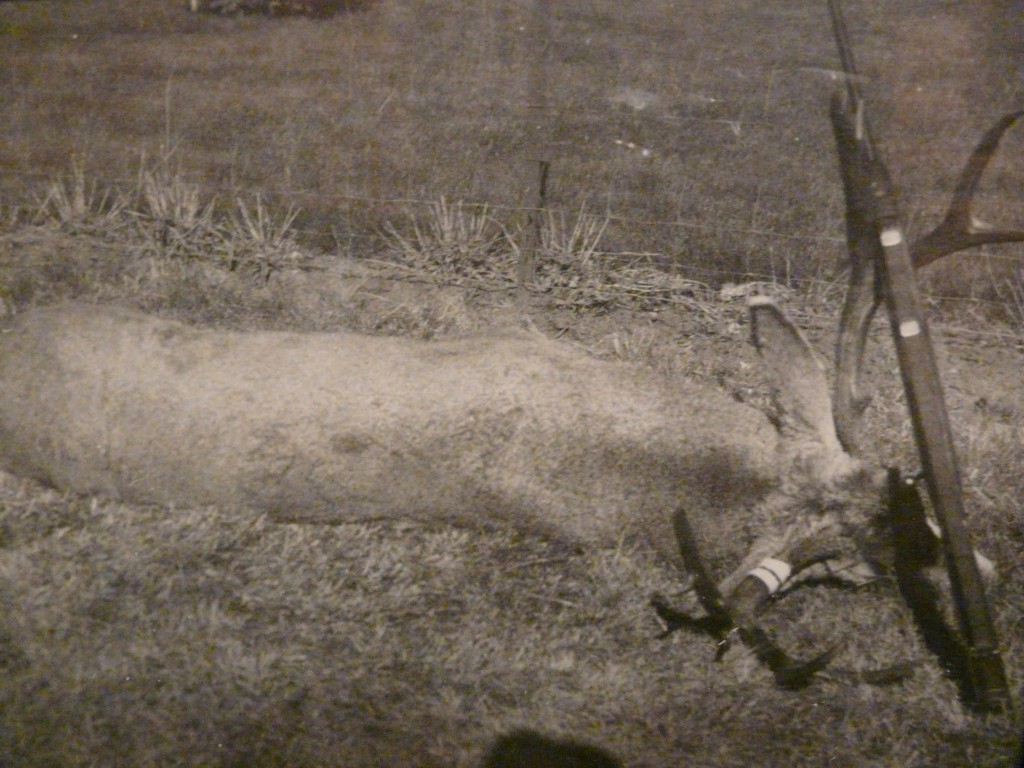
Hunting Snapshots from Buck’s Cabin. Ucross, Wyoming
I just sit here amidst the lovely rocks and sweet grass and feel the pain rises up from this landscape, full of hunted humans and hunted animals, emptier now than ever before, where what’s left of the Sioux and the Crow are some baby’s empty moccasins and a circle of rocks where a tepee stood.
I suppose I should be finding a way to celebrate something, right? Anything? What I love about the Lynchburg Cemetery – like much of Mexican culture, and Irish, and many others – is that it locates within that precipice, that Passage, the point where grief and celebration and disorientation muddy themselves up together. From my perspective, these two should never be seen as separate. Grief and celebration hold hands. They travel in a pair. They are lovers, perhaps, consorts. Together, they come together to create. But absolutely, they belong together. Even when the only celebration available is that the spirit has at last escaped the injustices committed against its former body.
We are familiar with the customary conversations about the great global pains of the 20th century: the waves of genocide and apocalypse that have met no equal in our recorded history, etcetera. But we have some very deep wells of grief and mourning that are unique to the last 350-ish years in this country that eat away at us daily, on an individual and collective level. The great liberation movements that built to breaking in the last 40 years could only occur because the amount of pain experienced already outweighed the amount of potential pain. In the civil rights revolutions, groups of people who in reality are quite disparate come together as occasionally coherent communities – this is what grief does. It unites us. Like celebration. But we have to have to pause to create the occasion. Create the memorial. Observe the ritual.
Without it, all you have is a dead deer, tacked up and humiliated by a oil company executive come for a corporate perk of interspecies death and dismemberment.
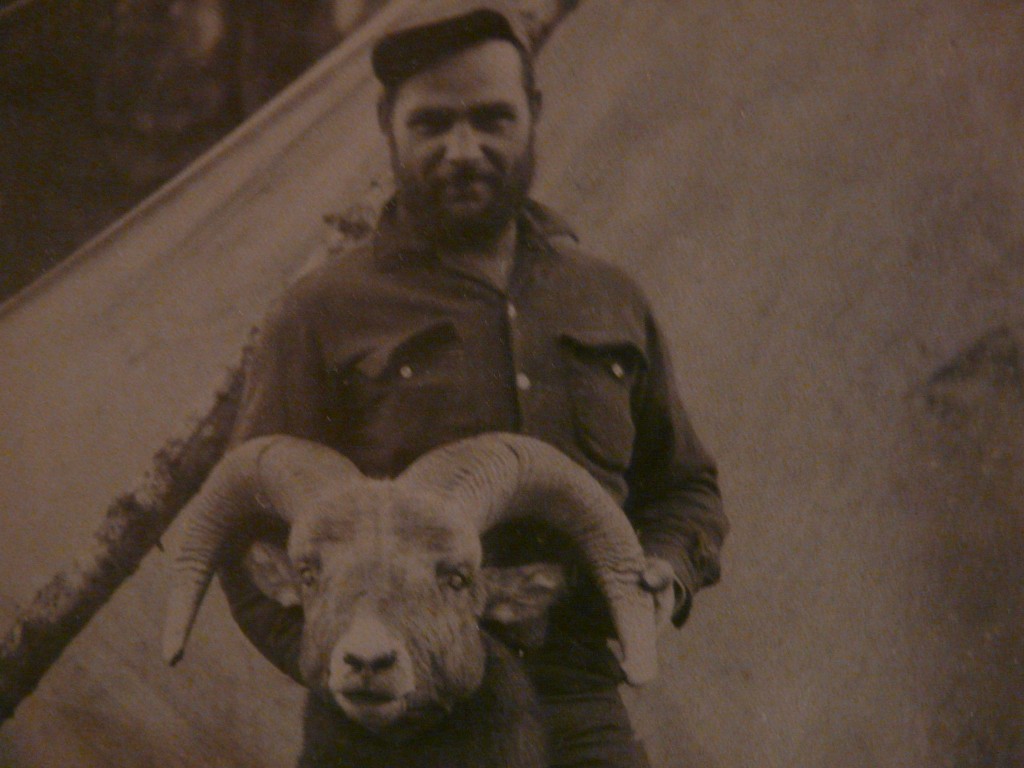
Hunting snapshots from Buck’s Cabin. Ucross, Wyoming
Seems like some deaths are more than just a death. For instance, when a person with mental illness commits suicide, it’s more than just a death – it doesn’t lessen the significance of other deaths, but as a death its significance is amplified because as a society we almost invariably behave reprehensibly, indeed abominably, within that particular mystery.
Around some people(s), the precipice is very visible to bystanders – it’s that way around people with severe brain impairment and psychiatric illness, where the human capacity for understanding and measurement quickly drops off into the chasm. Usually, spectators and witnesses and onlookers only experience that in seeing a death. In being around someone with severe brain impairment, we see the precipice within a living creature. And it brings fear and the desire to ostracize and contain and segregated and control.
I think the same phenomenon happens to humans around animals. We see a living being whose brain and thus fundamental being we determine as foreign, different, incomprehensible and we don’t know what to do with the precipice presenting itself to our understanding, and to our control. Fundamentally, we’re mostly in a state of conjecture and controversy about the nature and substance and implications of their intellect and emotions.
We look into the eyes of an animal and we can project, but we do not – and perhaps cannot – understand. Maybe it’s like a diagnosis of sorts: when we each look into that space of ignorance and mystery, do we respond in fear and aggression, or in desire for connection?
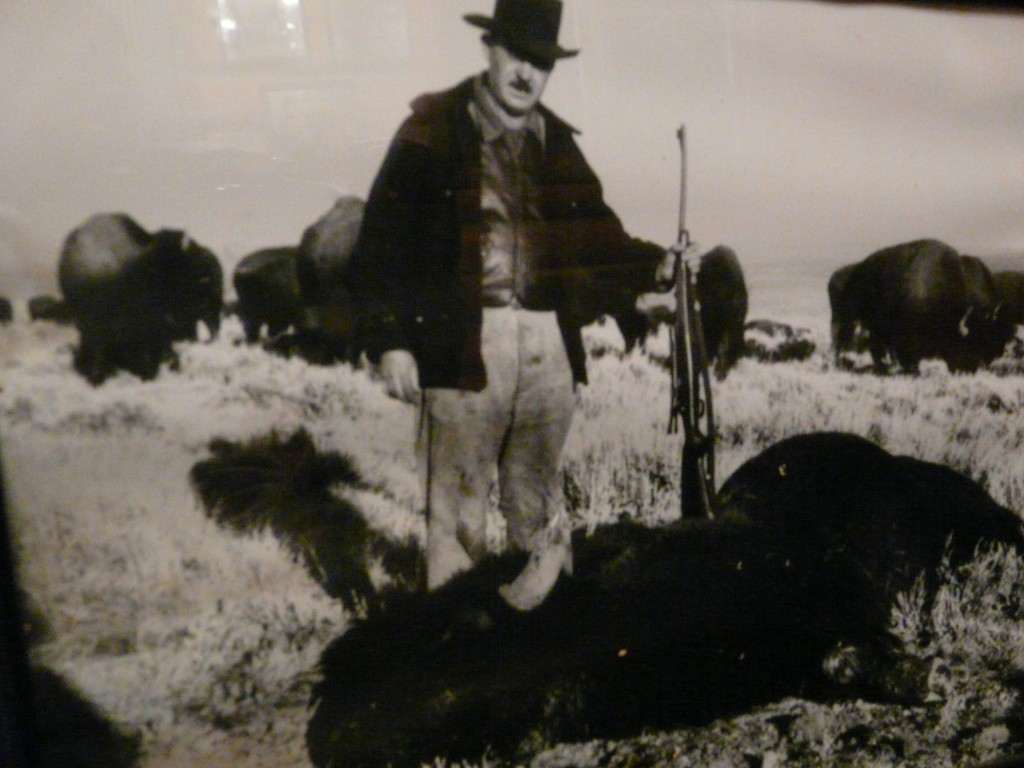
Hunting Snapshots from Buck’s Cabin. Ucross, Wyoming
Maybe the trouble in our relationship with animals is that we don’t like being at odds with the precipice and with our control over knowledge and understanding and so we turn animals into objects – like we do with all living beings that we don’t understand.
We dislike that perilous state of being where the habitual – or at least marginally familiar – relationship between “spirit” and body is disrupted. We begin to act poorly.
And when that acting poorly means we take hold of a killing machine as sport or entertainment or some dimwitted sense of duty, and when a death is linked to that being living in a climate of misunderstanding, disrespect, contempt, desecration, and persecution, it’s apocalyptic. Or should be. It should make the world stop turning.
And that’s why I have trouble with Wyoming.
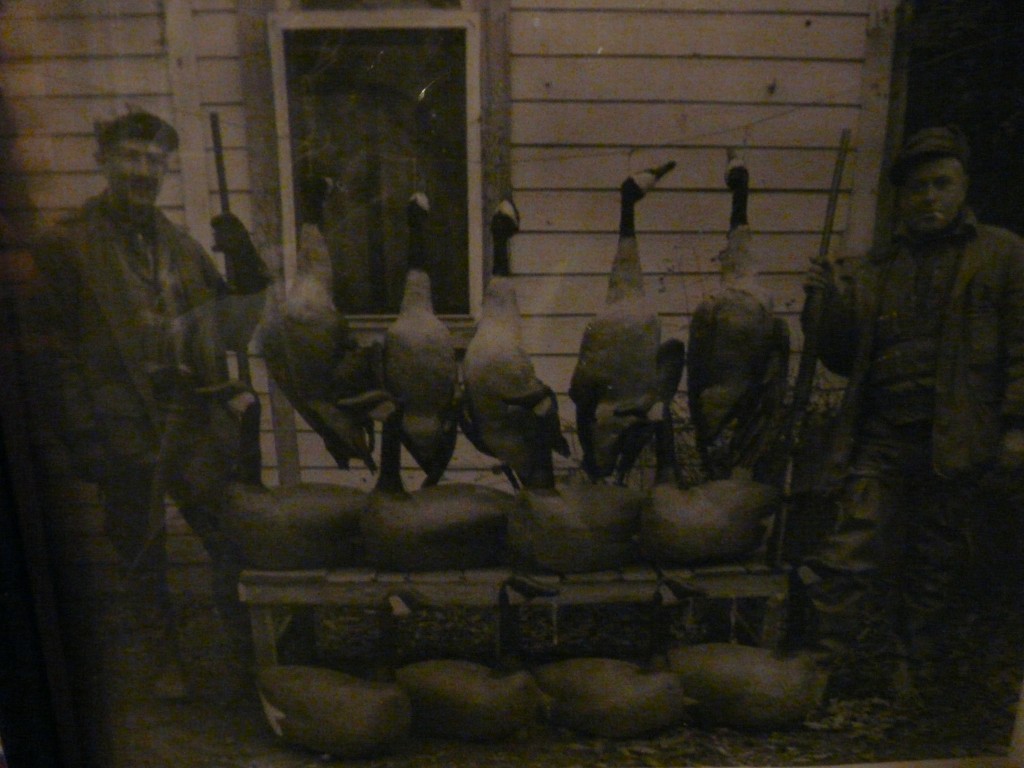
Hunting Snapshots from Buck’s Cabin. Ucross, Wyoming
Wyoming has been a place where I have perhaps more than ever before been hour by hour aware of “the passage” for animals. We sit at the dinner table and watch the deer crossing the highway – not for the beauty of it, but to see how many get hit by cars. There is a sign, but I woke up the other morning to a body outside my window.
What makes it so difficult for me to be in Wyoming is my unfamiliarity with the white folks’ cultural approach to the Passage that surrounds the death of a being – I say “white folk”s because that’s the only kind of folks to be found alive up here, and thus the ones interacting with the animals these days. And I say “cultural approach to the Passage” because that seems largely to involve recreational hunting with subsequent portrait taken while cradling the gun and propping up the head of the animal, followed by decapitation, taxidermy, and mounting it on a wall.
And I say “death of a being” because it seems important to remember that death is actually involved in Wyoming, where the mother cows scream for hours into the night when their calves are taken away, but yet their slaughter is referred to as “harvesting.”
And there are conversations about animals being considered “crops” as well – new phrasing that I don’t remember encountering before. I’m not sure what to do with it. It makes me uncomfortable. If we can improve the lives of animals by pretending they are plants, so be it. But I’m not sure that’s the goal. We have a term for the process of treating human beings like insensible objects: dehumanization. What is the equivalent term for what we do to prey animals?
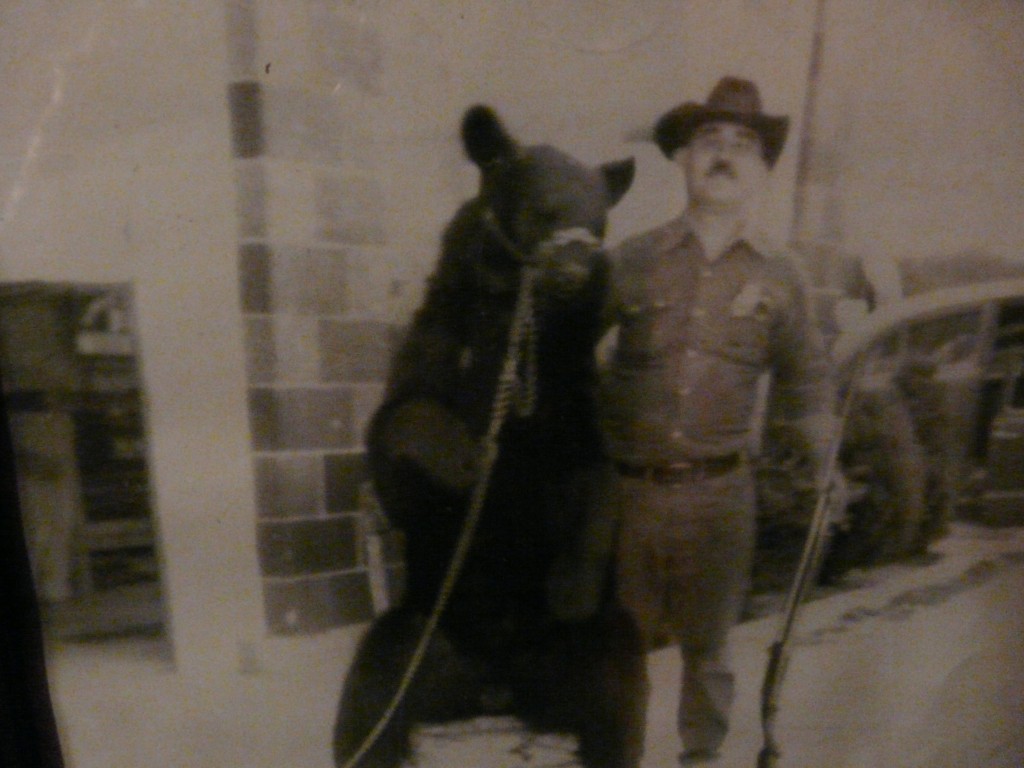
Hunting Snapshots from Buck’s Cabin. Ucross, Wyoming
And then there’s the sport hunting of Wyoming. For two weeks, studio hours have been pocked from dawn to dusk by the incessant shock of bullets fired into the flanks of fleeing animals. Where photographs are taken with the kill, or bodies are left behind to rot after the head is cut off, because all that matters is how big it is and can you stuff it and mount it over the bar.
I have seen an estimated twenty-three human heads in the last fourteen days – all alive, all attached to their integral bodies, all blessed with breath and heartbeat. I have, however, seen upwards of eighty or ninety animal heads decapitated taxidermied and fixed as decoration on a wall. Usually immediately adjacent to the eerily empty clothing of local Native Americans.
Empty shoes. Empty robes. Spiritual articles lying in locked cabinets next to boxes of the bullets the Wyoming settlers used to hunt their creators.
Which begs the question – they were shot at the same time and with the same guns and by the same people and with the same flagrant and competitive delight, so is the only reason they’re not stuffed and hanging on the wall because human skin doesn’t stuff as well as hide and fur?
It’s exceedingly disturbing, all these clothes with no people in them, displayed in the context of hunting.
I remember working in Southern Arizona and northern Mexico with organizations in Tucson and on the Tohono O’Odham Indian Reservation. We were setting up shelters and sanctuaries for people who were being hunted. Human beings. They were called domestic violence shelters – or that telling euphamism “women’s shelters” because it’s about gender, not about where the violence takes place. They were called “Lesbian Gay Transgender and Bisexual Community Centers.”
But what they really were were safe houses for hunted humans.
It’s only one step removed from being forced to create a preserve for women and queers. Where the killing can’t seem to end until there’s nothing left to hunt.
Perhaps we will learn nothing about how to live until we are sitting in our empty machines on a cold dead planet, clutching our taxidermied animals and propping up our botoxed buttocks.
I guess people don’t really botox their butts. But I think we should. Then it might hurt less when all our karmic ass-kicking begins.

Thank you. Holy sacred Life.
…karmic ass-kicking…nice.
I knew Buckskin while living in Ucross. Lived right next door to him.
His time of glory was a different time. One we will never understand.
Being a nonmeat eater, looking at his pictures on the wall was disturbing. Yes, he killed , he mamed. Yet Buck was a man who had travelled the world. Seen it all and settled down in a town of 25 people. He was the mayor, the restauranteur, the gas station owner, the slum lord. Yet bellying up to the 5 stool bar and hearing him talk is really a great memory.